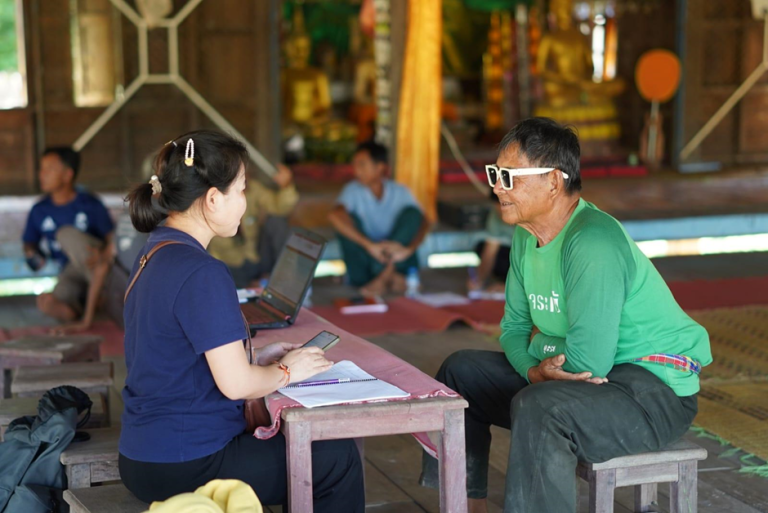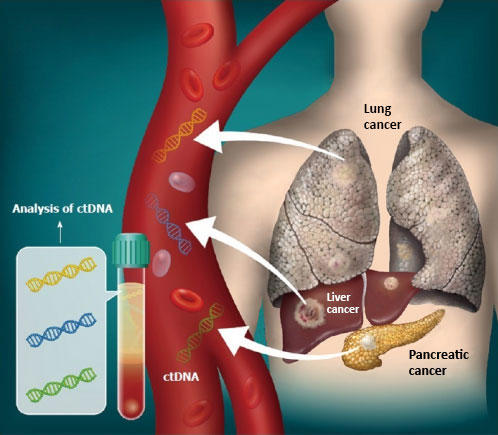A successful four-year project in Southeast Asia targeting Cambodia and Lao People's Democratic Republic has demonstrated the benefits of strong collaboration between government agencies, development partners and local organizations in strengthening Early Warning Systems (EWS) to save lives and livelihoods of vulnerable communities.
The initiative showcases practical tools and policy-making priorities essential for contributing to the Early Warnings for All Initiative which sees early warnings reach everyone on the planet by the end of 2027.
The US$ 5.5 million Reinforcing the capacities of meteorological and hydrological services and enhancing the early warning systems in Cambodia and Lao People's Democratic Republic (PDR) project , was led by WMO in collaboration with the World Bank Global Facility for Disaster Risk Reduction and the UN Office for Disaster Risk Reduction, and funded by the Climate Risk and Early Warning Systems (CREWS) Initiative .
It addressed gaps in EWS which were identified in Multi-Hazard Early Warning Systems (MHEWS) assessments conducted in 2020 by WMO and the Regional Integrated Multi-Hazard Early Warning System for Africa and Asia (RIMES). The project focused on strengthening institutions in Cambodia and Lao People's Democratic Republic, and worked at the regional, national and local level.
"Before CREWS we struggled to develop detailed forecasts for flood events. Now that we are equipped with and trained on the new tools provided through the CREWS project, we are able to forecast floods with better accuracy, five days in advance of the event. This is critical for Cambodia as floods are the most frequent hazard and happen yearly" Her Excellency Seth Vannareth, Advisor to Minister of Water Resources and Meteorology, Cambodia.
Cambodia and Lao PDR are situated within the Lower Mekong Basin and their climates are characterized by two distinct seasons, a wet and dry season. They frequently experience various hydrometeorological hazards, such as strong winds, floods, or droughts, and subsidiary hazards such as landslides, pose a direct threat to lives and impact livelihoods by damaging and destroying infrastructure, assets and land. Both countries consistently figured among the most disaster-prone countries in the region, and the world. Their vulnerabilities to such hazards are compounded by the fact that both countries rely heavily on their services sector, and climate sensitive sectors such as agriculture, which employs the largest proportion of the workforce of any sector.

The CREWS Cambodia and Lao PDR project equipped the region with tools to better prepare for hazards in the future through several key areas including:
- Supporting National Early Warnings for All Initiatives
- Developing an impact-based flood forecasting system in both countries
- Strengthening community-based flood early warning in Southern Lao PDR
- Supporting community-based flood management in Cambodia
- Improved integration of gender and vulnerable groups across the Early Warning and Early Action (EW-EA) value chain
- Perception survey on weather forecasts and early warning information in Lao PDR
- Strengthening drought and integrated water resource management (IWRM) for long-term resilience
- Strengthening seasonal forecasting for climate resilience in Cambodia and Lao PDR
A stories of success report was recently published, highlighting successful project activities.
With the support of the project, Cambodia and Lao People's Democratic Republic have made significant strides in improving governance, and toward a more integrated, people-centered approach to developing early warning systems by implementing the Early Warnings for All process and developing key strategic documents such as drought management and IWRM plans.
The project has also helped the National Meteorological and Hydrological Services (NMSHs) improve their capabilities to forecast for key hazards such as floods and storms. They have also made significant strides improving seasonal to sub-seasonal forecasting, which is critical for the agriculture sector. Efforts have been made to ensure new devleopments in improved forecasting are impact-based, to ensure they serve the needs of critical sectors such as water, agriculture and disaster risk management.
Local level engagement and capacity building of communities has enhanced local flood preparedness, including flood risk mapping, evacuation planning, and standard operating procedures. Efforts have also targeted vulnerable groups to ensure those most in need are supported.
The way forward
In July 2025, the Climate Risk and Early Warning Systems (CREWS) Initiative steering committee members approved funding for a new four-year, US$ 7.8 million project in the region. The project will be led by WMO and UNDRR, and will be strongly aligned with the Early Warnings for All Initiative . It will look to effectively strengthen MHEWS through improved MHEWS governance, disaster risk knowledge, monitoring and forecasting of hydrometeorological hazards, and strengthened warning dissemination capabilities, with a special focus on inclusivity and last mile reach. Proposed project components include:
- National and local multi-hazard early warning systems prioritized and funded
- Improved early warning service delivery and accessibility by national and regional institutions
- Early warning programmes are driven by people-centered and gender-responsive principles and promote private sector engagement
The project is expected to commence in late 2025.






